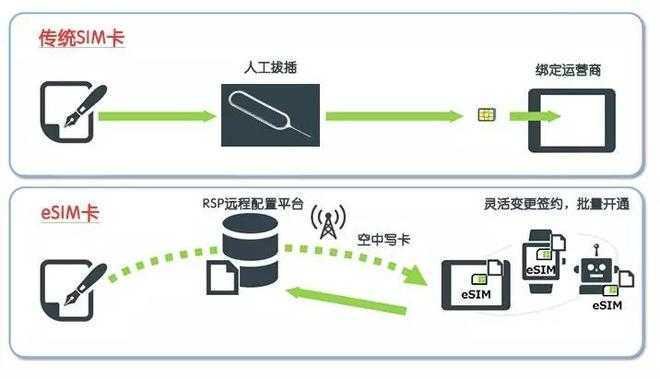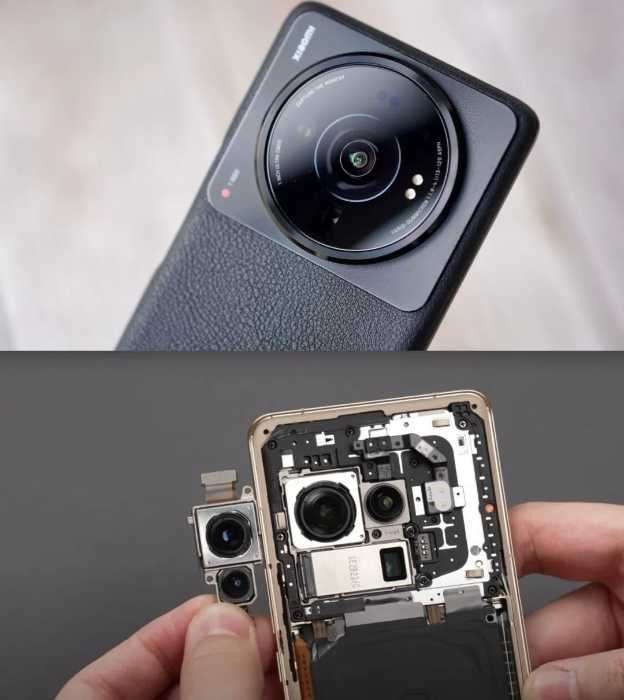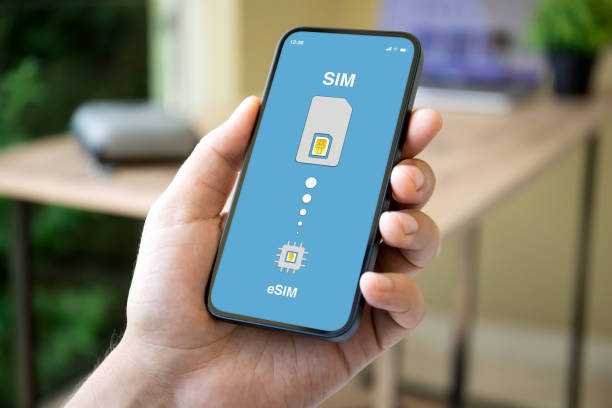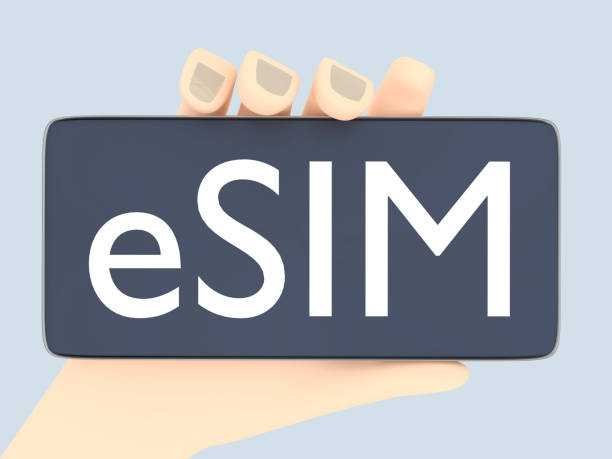What is eSIM? eSIM stands for “embedded SIM.” It is a type of SIM card that is embedded directly into the device. You do not need to use a physical SIM card to connect to the network. eSIMs have been around for a while, but they have only recently become popular with the release of the iPhone XS and XR.

What is an eSIM (embedded SIM), and what does it do?
eSIM is a new technology that allows storing your SIM card information on your device. You no longer need to physically insert or remove your SIM card to change your mobile network provider.
eSIM also offers several other benefits, including the ability to connect to multiple networks simultaneously and remotely manage your account settings.
In addition, eSIM devices are typically more compact and easier to use than traditional SIM cards. As eSIM technology continues to evolve, we will likely see even more innovative uses for it in the future.
How does an eSIM work, and why would you want one instead of a traditional SIM card?
eSIMs are a newer type of communication SIM card that is becoming increasingly popular, especially with the release of the iPhone XS and XR.
eSIMs are embedded into your device and cannot be removed like a traditional SIM card. To activate an eSIM, you will need to scan a QR code or enter a code provided by your carrier.
One benefit of eSIMs is that they are much more space-efficient than traditional SIM cards. They also make it easy to switch between carriers without having to go through the hassle of physically swapping out SIM cards.
In addition, eSIMs can not be lost or damaged like traditional SIM cards, making them a more reliable option. While eSIMs have many benefits, they are not yet supported by all carriers.
So if you plan on switching between carriers often, you may want to stick with a traditional SIM card for now.

What are the benefits of using an eSIM card over a physical SIM card?
For one, they’re much more convenient – there’s no need to carry around a physical card, and you can easily switch between different service providers without having to go through the hassle of swapping out SIM cards.
eSIMs don’t need the physical SIM card slot, so they make devices more compact and streamlined.
eSIMs are also more secure since they’re linked to your device rather than to a physical location.
And because eSIMs are software-based, they’re often more reliable and less prone to malfunctioning.
Overall, eSIMs offer several advantages that make them the preferred choice for many users.

Are there any drawbacks to using an eSIM card instead of a physical one?
eSIM cards have several advantages over traditional SIM cards.
For one, they are much more convenient to use. eSIM cards can be programmed remotely, meaning you don’t have to physically insert or remove them from your device to activate or deactivate service.
Furthermore, eSIMs are more resistant to physical damage and are less likely to be lost or stolen.
However, you need to know a few potential drawbacks of eSIM cards.
One is that not all devices are compatible with eSIM technology, and not all carriers support eSIM cards.
Another is that eSIMs may be more expensive than traditional SIM cards.
Finally, eSIMs can only be used with certain carriers, so you may not have as much choice regarding service providers.
Overall, eSIMs offer several advantages over traditional SIM cards, but there are a few potential disadvantages to consider.

How secure are eSIMs, and are they at risk of being hacked?
eSIMs are a growing trend in the mobile industry, offering a more convenient and flexible way to connect to a wireless network. But as with any new technology, there are security concerns.
Are eSIMs at risk of being hacked?
The short answer is that eSIMs are no more or less secure than traditional SIM cards.
The data stored on an eSIM is just as susceptible to being accessed by unauthorized parties. However, eSIMs do have some advantages when it comes to security. For one, eSIMs are usually locked to a specific carrier, which makes it more difficult for hackers to access the data. Additionally, eSIMs can be remotely updated with the latest security patches, making it easier to keep them up-to-date and secure.
Ultimately, the security of eSIMs will come down to how they are used and managed by carriers and device manufacturers. If proper precautions are taken, eSIMs can be just as secure as traditional SIM cards. However, if security is not a priority, eSIMs could become a weak point for mobile devices.

How will eSIMs impact the telecommunications industry as a whole?
eSIMs are slowly but surely becoming more prevalent in the telecommunications industry.
For years, physical SIM cards have been the standard way of connecting a device to a cellular network. eSIMs, or embedded SIMs, are changing that.
eSIMs are built into devices and cannot be removed or swapped out.
This brings some advantages over traditional SIM cards.
For example, eSIMs take up less space, making them ideal for use in smaller devices such as smartwatches.
eSIMs are also more secure and difficult to tamper with.
In addition, eSIMs make it easier to connect to multiple networks and switch between them. For example, a user with an eSIM-enabled phone could have a contract with one operator for data services and another for voice calls.
As eSIMs become more popular, the telecommunications industry will likely need to adapt to this new technology.
eSIMs will significantly impact the way mobile networks operate and will usher in a new era of flexibility and convenience for consumers.

The eSIM is a new and innovative technology that has the potential to change the way we use our mobile devices.
Although there are some drawbacks to using an eSIM, such as security concerns and compatibility issues, the benefits far outweigh the risks. With an eSIM, you can say goodbye to bulky SIM cards and enjoy a more streamlined mobile experience. As the telecommunications industry continues to evolve, eSIMs will likely become increasingly popular among consumers. Have you used an eSIM before? What did you think of it?








